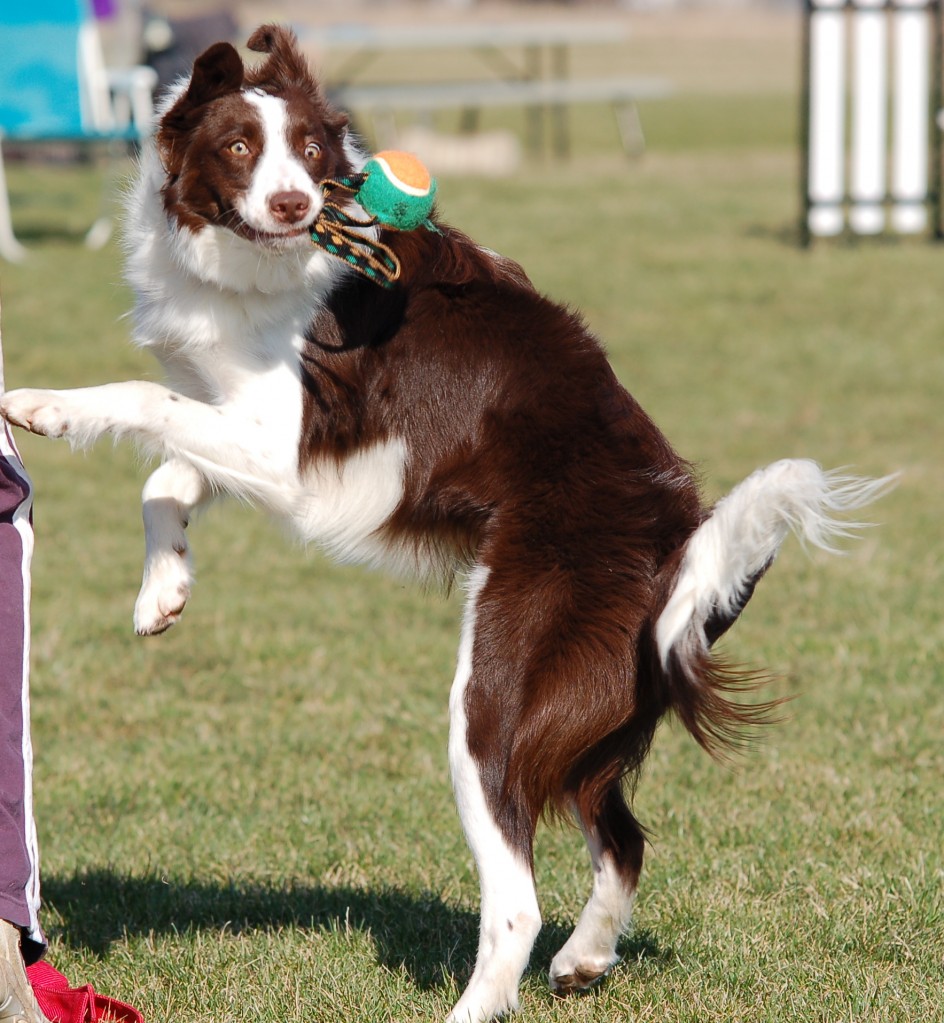Make sure you can supervise your dog with a toy or chew several times before leaving it in the crate with them, but some good ideas are stuffed kongs, bully sticks, nylabones, himalayan chews, etc. – feed your dog in their crate and give good things in crate. put the dogs food in their crate to build positive associations with it!. For your deaf dog, their crate can be their happy place – where they eat, where they sleep, where they have peace and safety. positive reinforcement training is at the heart of successful crate training – our deaf dogs eat all of their meals in their crates, have learned to run to their crates for treats and special toys, and now think of their crates as their caves, a sanctuary.. We all want a well-behaved dog that doesn’t tear things up and goes to the bathroom outside — and dog crate training is an important part of that. it creates a safe environment for your dog.
Dog training course - train a dog in six
Argo *deaf* d151128
Meet my dogs | susan garrett's dog training blog
Once your dog can happily stay in their crate with the door shut after eating and you can step away from their side, you can start to train them to be in the crate outside of feeding time as well. by now your dog knows the command word such as ‘crate’ or ‘bed’ so use this to send them in and give them a reward for doing it.. Crate training is the gradual process of teaching your puppy to settle and relax in the confines of a pen. it is important you start slowly when crate training a puppy. train gradually at your puppy’s pace, too fast and they may learn to dislike it. signs you are crate training too fast include: barking. howling. scratching. refusing to go in..
/puppy-schedule-124242491-resized-56a26abf5f9b58b7d0ca0156.jpg)


0 komentar:
Posting Komentar